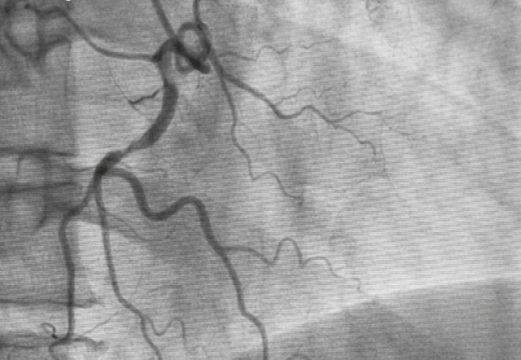Percutaneous treatment of chronic total occlusion (CTO) has traditionally been via the transfemoral approach (TFA). The use of the transradial approach (TRA) in complex coronary interventions has been increasing. A randomized study assessed the use of TRA vs TFA in complex PCI (58% CTO) and TRA saw favorable outcomes. The aim of this prospective, randomized,…
Pending Challenges in Transradial Access
The recent SAFARI-STEMI study compared transradial and femoral access in patients with ST-segment elevation myocardial infarction, and no significant differences were found. These results have a sour taste for those in favor of transradial access, as they are convinced of its benefits and unwilling to go back to previous practices. This bitter taste is based…
The Transradial Approach Continues to Be the Best for Primary PCI
The transradial approach has been associated to lower mortality and bleeding rates in patients receiving primary PCI for ST elevation MI. This had been called into question by the recent SAFARI-STEMI, but after including its outcomes in a new meta-analysis, the scales tilted slightly in favor of the transradial approach vs. the transfemoral. The transradial…
Unilateral Vascular Access in TAVR: Our Main Procedure, Increasingly Minimalist
There has been a significant decline in vascular complications in the last few years due to improvements in device profiles and operator experience on transcatheter aortic valve replacement (TAVR). Unilateral vascular access for transfemoral TAVR is as safe as bilateral access and it could be more comfortable for patients according to this study recently published…



